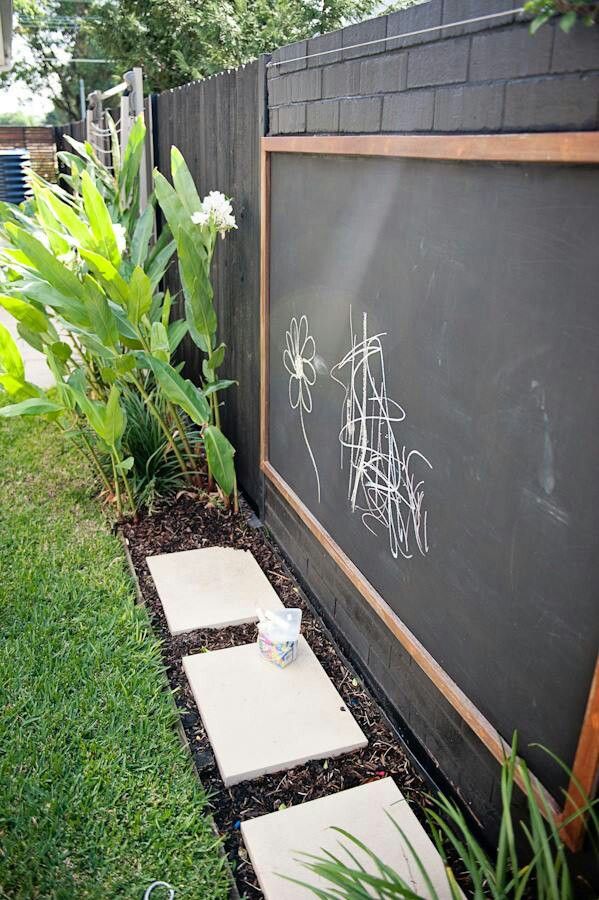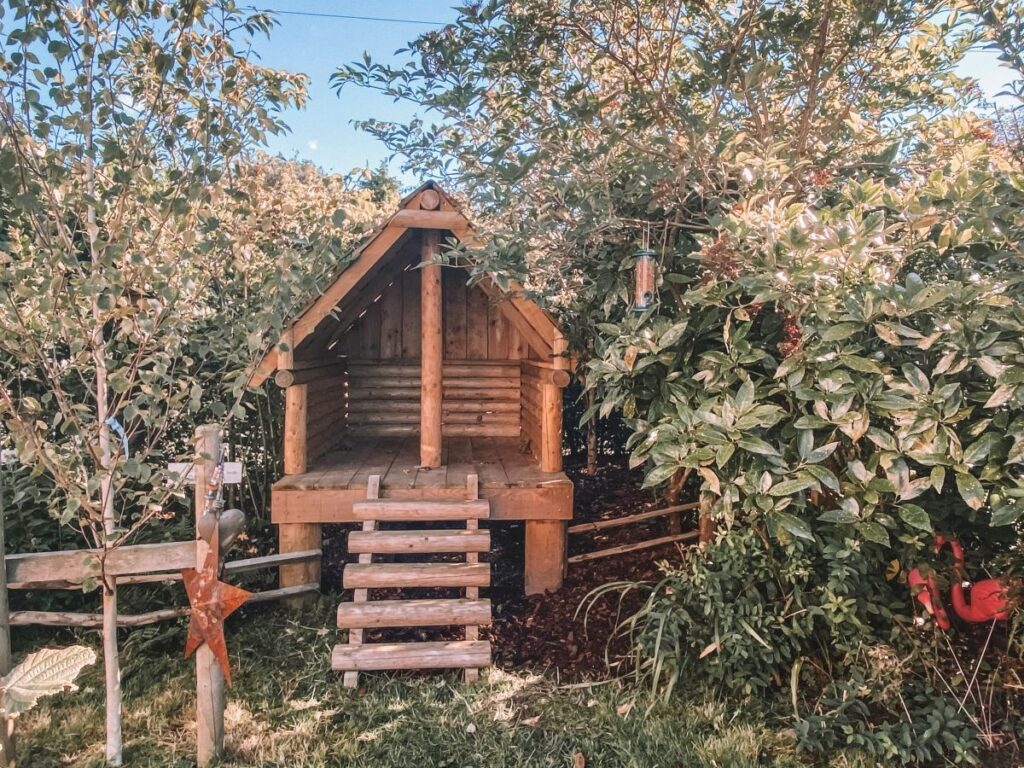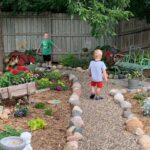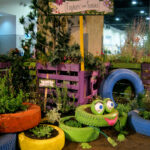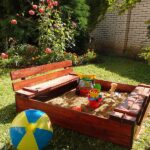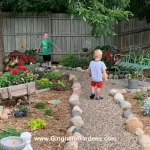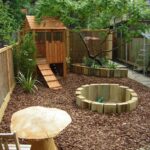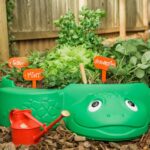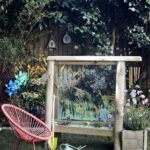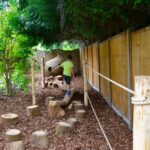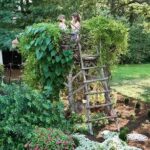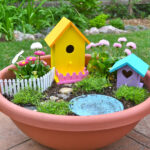Children’s gardens are a great way to engage young minds in nature and encourage a love of gardening from an early age. Creating a space specifically for children in the garden can provide a fun and educational environment where they can learn about plants, insects, and the environment in a hands-on way. Here are some ideas for designing a children’s garden that will inspire and excite young gardeners.
One idea for a children’s garden is to create a sensory garden filled with plants that appeal to all five senses. Include herbs like mint and lavender for their strong scents, colorful flowers like sunflowers and marigolds for visual appeal, and plants with interesting textures like lamb’s ear or succulents for tactile exploration. Adding wind chimes, bird feeders, and a small water feature can also enhance the sensory experience for children.
Another fun children’s garden idea is to create a themed garden, such as a fairy garden or a dinosaur garden. In a fairy garden, you can plant miniature flowers and create tiny houses and fairy figurines for children to play with. A dinosaur garden can feature plants with prehistoric origins, like ferns and cycads, along with dinosaur toys hidden among the foliage for children to discover.
A butterfly garden is another popular choice for a children’s garden, as it allows kids to observe the life cycle of these beautiful insects up close. Planting nectar-rich flowers like butterfly bush, milkweed, and zinnias will attract butterflies to the garden. You can also include host plants like dill and parsley for caterpillars to feed on, providing a complete habitat for these important pollinators.
To encourage a sense of ownership and responsibility in children, consider giving them their own plot of the garden to plant and tend to. Let them choose their own seeds or plants, help them prepare the soil, and guide them in caring for their garden throughout the growing season. This hands-on experience will teach children valuable lessons about patience, nurturing, and the rewards of hard work.
Incorporating play elements into the garden is also important for keeping children engaged and entertained. Consider adding a sandbox, a swing set, or a playhouse to the garden, along with pathways for children to run and explore. You can also create a designated digging area where kids can safely dig and explore the soil, discovering worms, bugs, and other critters that inhabit the garden.
Finally, don’t forget to include educational elements in the children’s garden, such as plant identification signs, wildlife guides, or simple gardening activities like seed starting or composting. Encourage children to keep a journal or sketchbook to record their observations and experiences in the garden, fostering a deeper connection to nature and a lifelong love of gardening. By providing a stimulating and interactive environment for children to explore, a children’s garden can become a magical and transformative space that inspires a sense of wonder and curiosity about the natural world.
